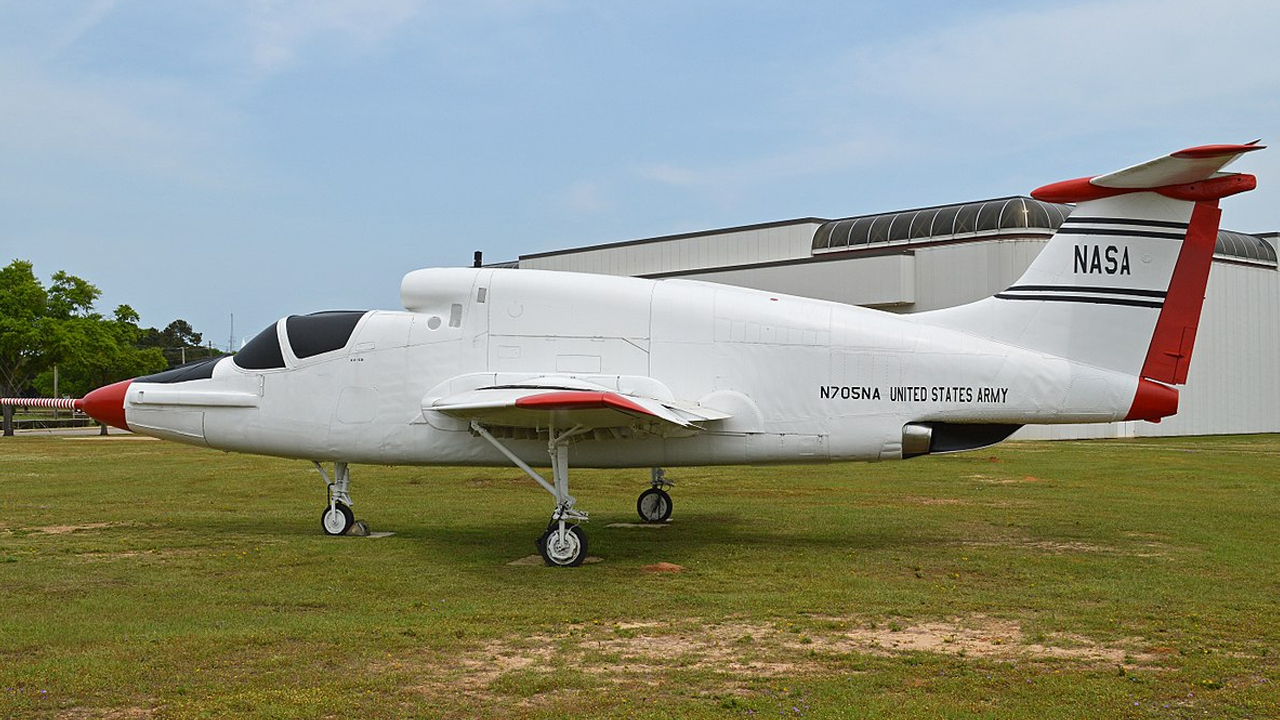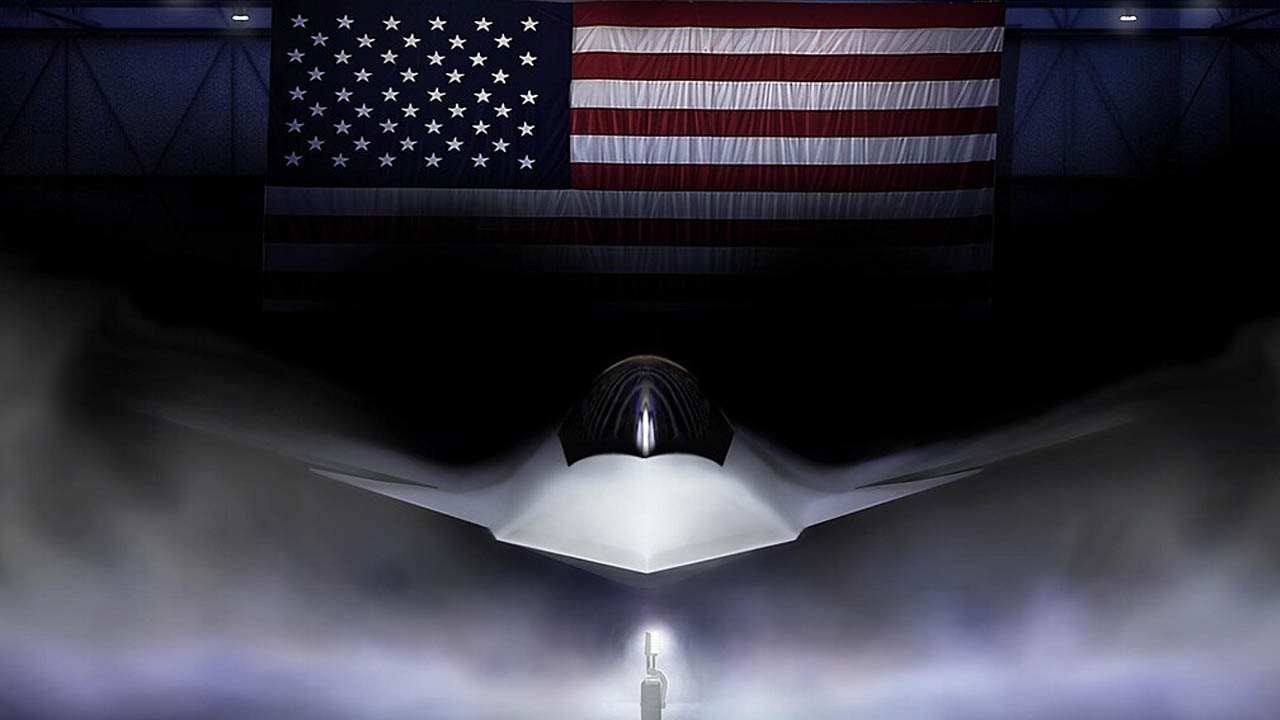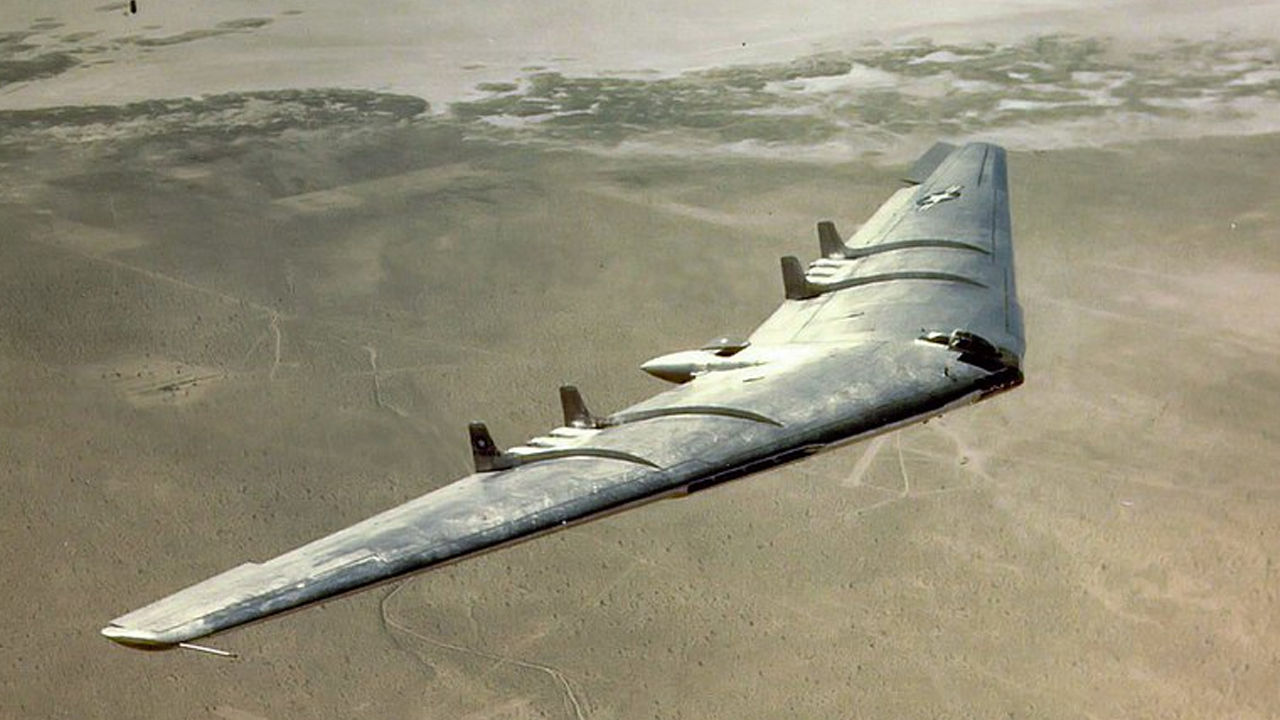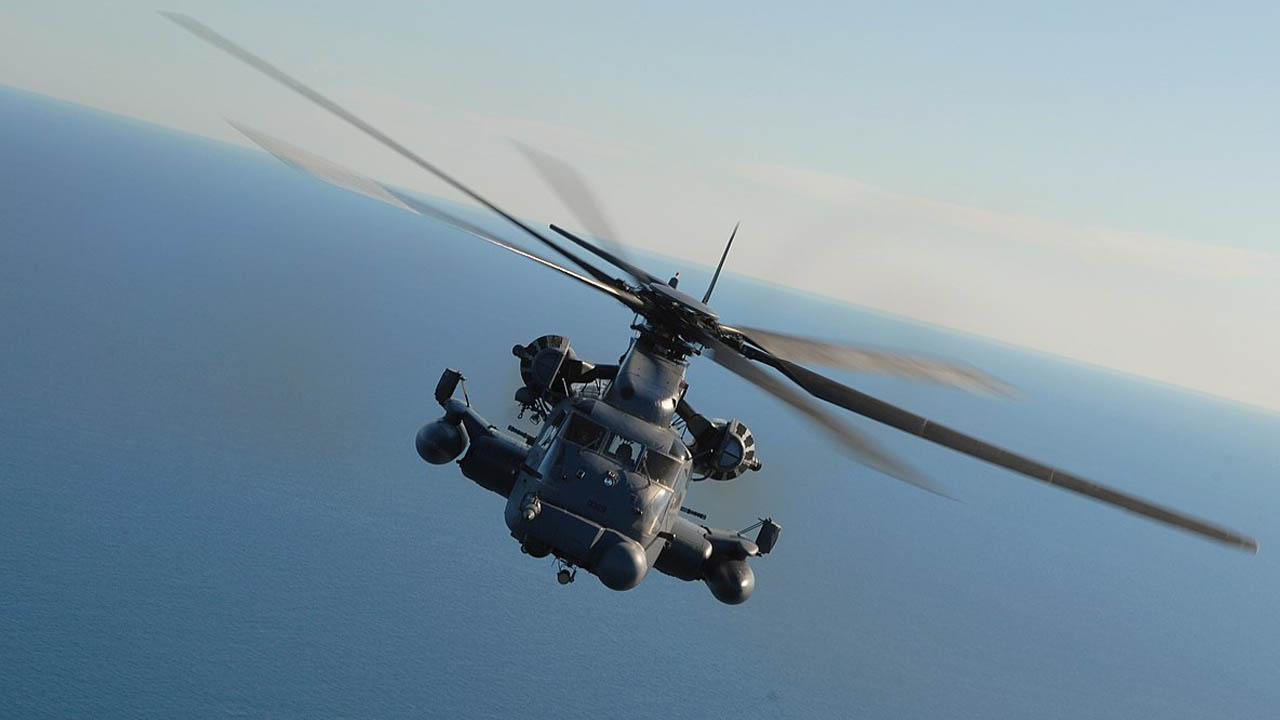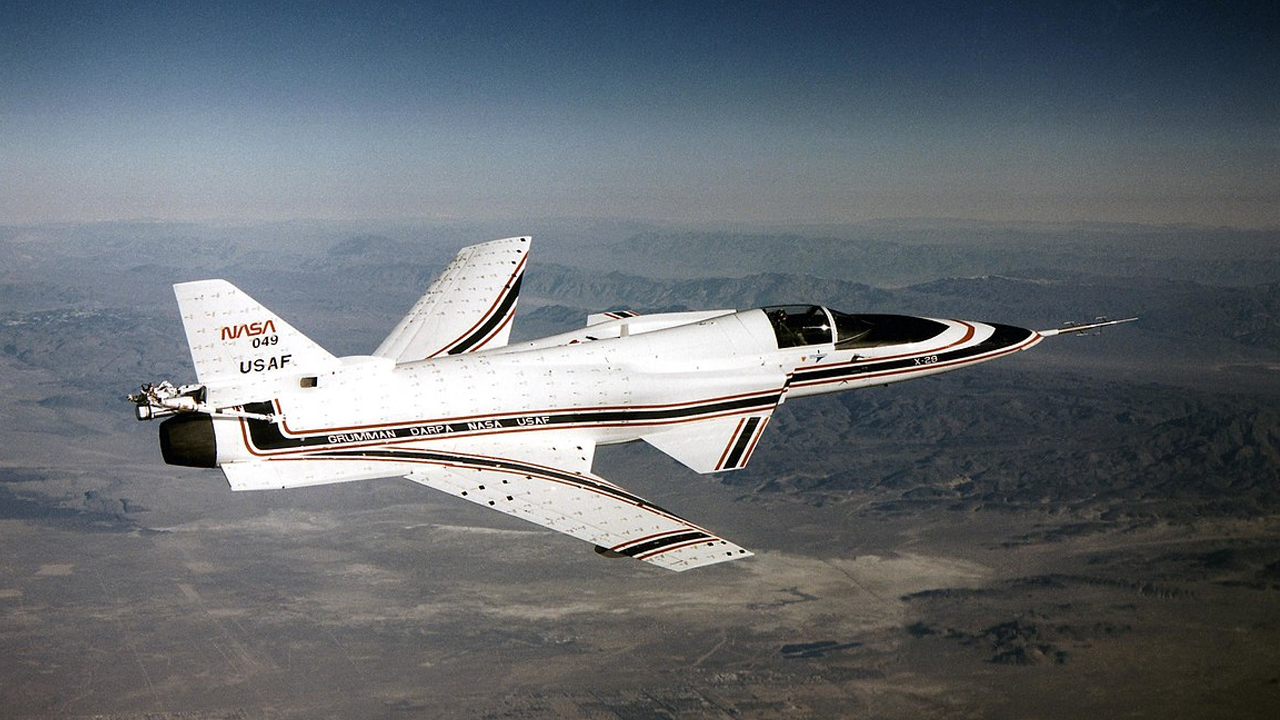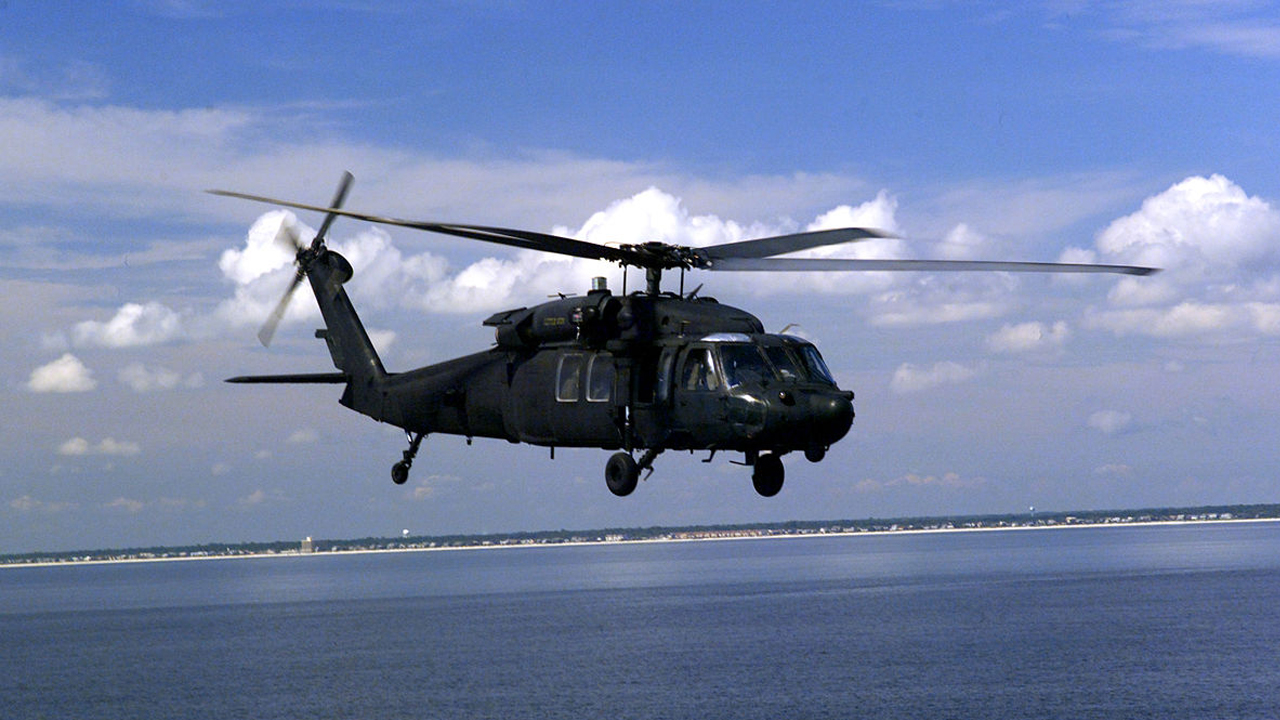Long before vertical takeoff jets became a real-world success, one American aircraft quietly laid the groundwork. The Ryan XV-5 Vertifan was an ambitious project that aimed to give jets the same agility as helicopters—decades ahead of its time. Though it never made it into combat, its influence is still felt today.
Built to Challenge Gravity
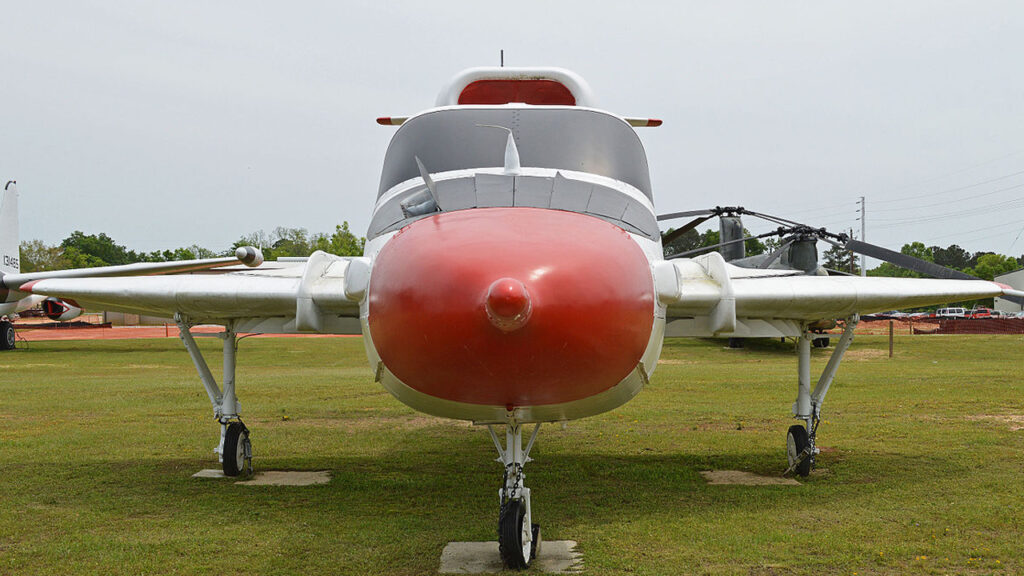
Back in the 1960s, the idea of a jet taking off straight up like a helicopter wasn’t just sci-fi—it was a military goal. That’s where the Ryan XV-5 Vertifan came in. Designed for the U.S. Army, it used fans powered by jet exhaust to lift off vertically, which meant no runway needed. On paper, it sounded like the future.
What set the XV-5 apart wasn’t just the concept—it was how far they pushed it. Engineers carved huge circular fans into the wings and nose, then used the engine’s power to spin them. According to the Vertical Flight Society, this fan-in-wing approach was unlike anything the military had tested before. It was risky, loud, and complicated—but it worked. Sort of.
A Cool Idea with Tricky Problems
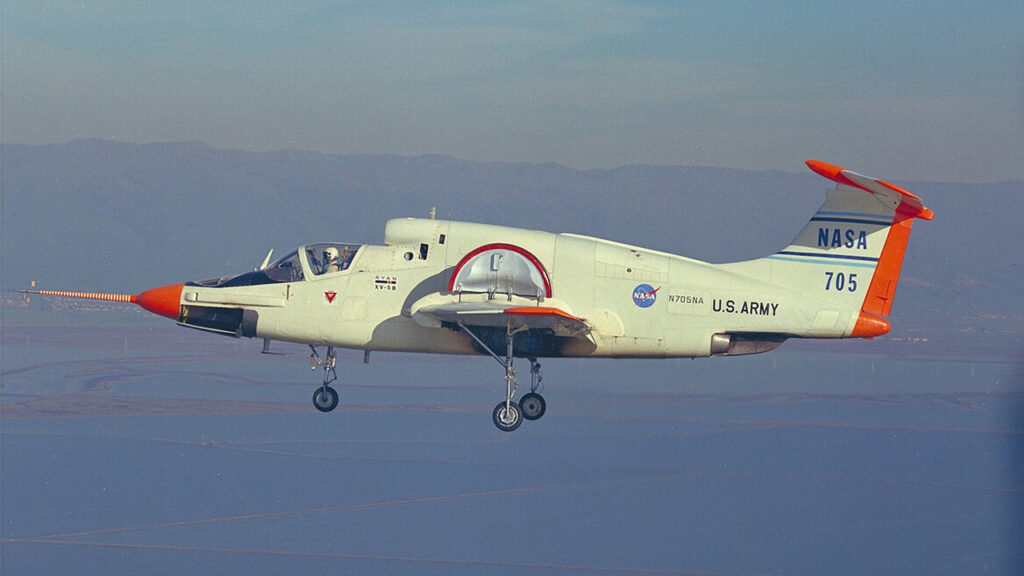
As clever as the layout was, flying the Vertifan wasn’t easy. Pilots struggled with the controls, especially during the shift from vertical lift to level flight. That in-between stage—where the aircraft wasn’t fully airborne or hovering—led to multiple incidents, including a tragic crash during a test flight covered by The Aviationist.
The lift fans also added weight and mechanical complexity. If even one didn’t spin correctly, the aircraft could tilt or crash. For a combat mission, that kind of instability was a dealbreaker. Safety issues started to outweigh the experimental promise.
The Army’s Vertical Takeoff Gamble
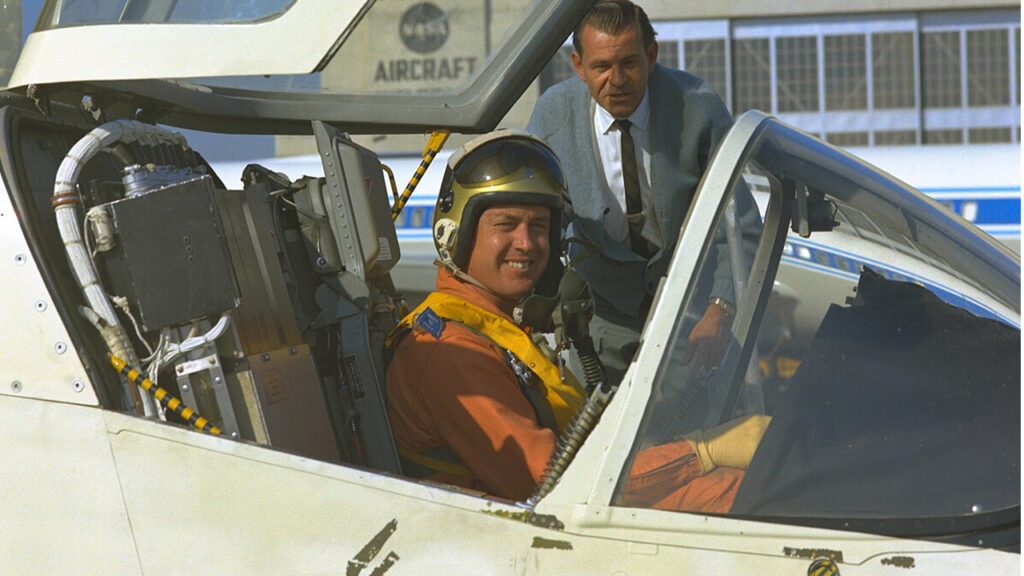
This wasn’t just a flashy prototype. The Army had real plans to use the XV-5 for fast battlefield deployment. Dropping troops into rugged or isolated areas without needing a runway could’ve totally changed how ground forces operated. It was part of a broader push for vertical mobility in war zones, as documented by the Vertical Flight Society.
But the project ran into interservice politics. The Air Force wasn’t eager to let the Army develop its own fleet of jets, and with budget cuts piling up, the program stalled. The military moved on, leaving the Vertifan in limbo.
Lessons That Lived On

The program may have ended early, but it still gave engineers a lot to work with. Understanding how to balance lift fans, manage transitions, and stabilize flight was critical. Those early test flights laid the groundwork for more advanced VTOL systems, according to Aviastar.
Decades later, aircraft like the F-35B would perfect the lift-fan concept—but none of that happened in a vacuum. The Vertifan’s design challenges helped shape what came next. It’s a reminder that progress often starts with failure.
What Could Have Been
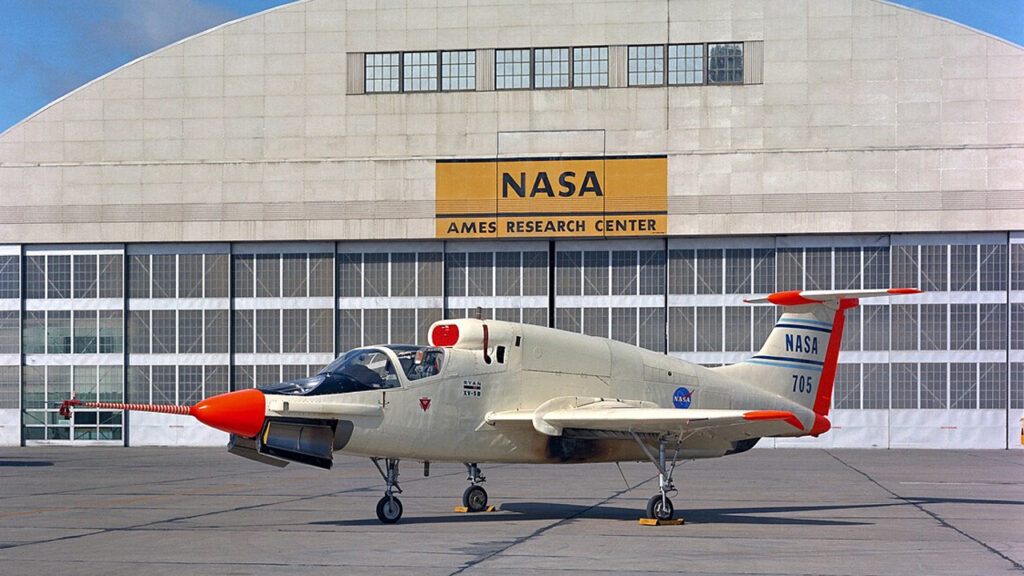
If the Ryan XV-5 had a bit more time and support, it might’ve led to a whole new era of jet mobility. Being runway-independent is a huge advantage in military operations, especially in places where infrastructure is limited or compromised.
Instead, it stayed an experiment—cut short before it could evolve. But its story still matters. As aviation historians point out, it was one of the earliest true jump jets, and it paved the way for machines that now take off and land almost anywhere. Not bad for a forgotten aircraft from the 1960s.


